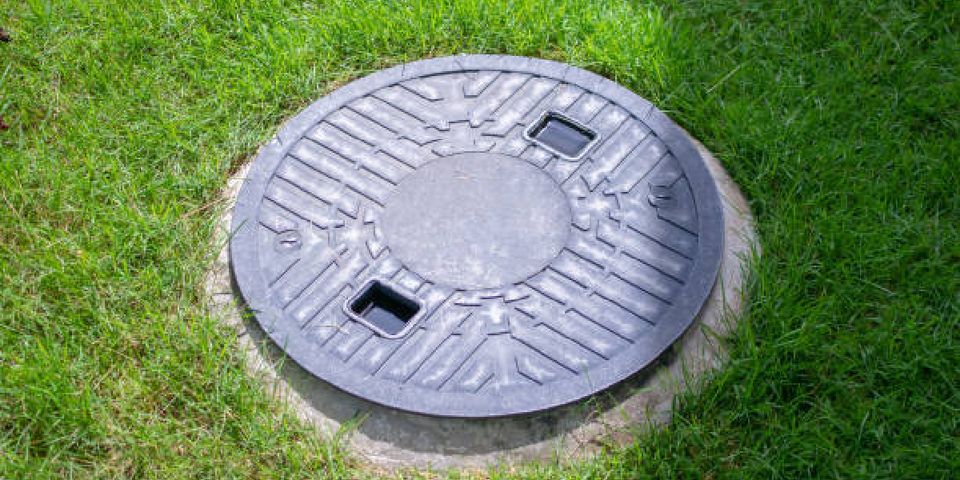6 Steps to Troubleshoot Common Septic System Problems

As a homeowner, you rely on your septic system to properly dispose of household waste. However, septic systems can experience issues that can be frustrating and costly if not addressed promptly. In this article, we will discuss six steps to troubleshoot common septic system problems.
6 Troubleshooting Steps for Septic Problems
Step 1: Check for Signs of Trouble
The first step in troubleshooting your septic system is to look for signs of trouble. These signs can include slow drains, gurgling sounds coming from your plumbing, sewage backups, and foul odors coming from your drains or yard. If you notice any of these symptoms, it is important to act quickly to prevent further damage to your septic system.
Step 2: Inspect Your Septic Tank
The next step is to inspect your septic tank. Check the tank's lid to make sure it is secure and not damaged. Inspect the inlet and outlet pipes to ensure they are not clogged or damaged. Also, check the water level in the tank. If the water level is too high, this may indicate a clog in the drain field.
Step 3: Pump Your Septic Tank
If your septic tank is full or has not been pumped in several years, it may be time to pump it. A full septic tank can cause sewage backups and other issues. Pumping your septic tank can help prevent these problems and extend the life of your septic system.
Step 4: Check Your Drain Field
The drain field is an important component of your septic system. It is responsible for filtering and dispersing wastewater into the soil. If the drain field is clogged or damaged, this can cause sewage backups and other issues. To check your drain field, look for standing water or lush vegetation in the area. These can be signs of a clogged drain field.
Step 5: Use Septic-Friendly Products
Using septic-friendly products can help prevent septic system issues. Avoid flushing non-biodegradable items such as feminine hygiene products, paper towels, and wipes down the toilet. These items can clog your pipes and cause damage to your septic system. Also, avoid using harsh chemicals and antibacterial soaps that can kill the beneficial bacteria in your septic tank.
Step 6: Call a Professional
If you have tried the above steps and are still experiencing septic system issues, it is time to call a professional. A licensed septic system technician can diagnose and repair any issues with your septic system. They can also provide routine maintenance to help prevent future problems.
In conclusion, septic system issues can be frustrating and costly if not addressed promptly. By following the above steps, you can troubleshoot common septic system problems and prevent further damage to your septic system. If you are in Baldwin, Robertsdale, or the surrounding areas and need professional septic system services, call Baldwin Septic Tanks LLC at (251) 946-3250 or visit their website. Remember to keep your septic system properly maintained to ensure it continues to function properly for years to come.
About the Business
(3 reviews)
Have a question? Ask the experts!
Send your question

